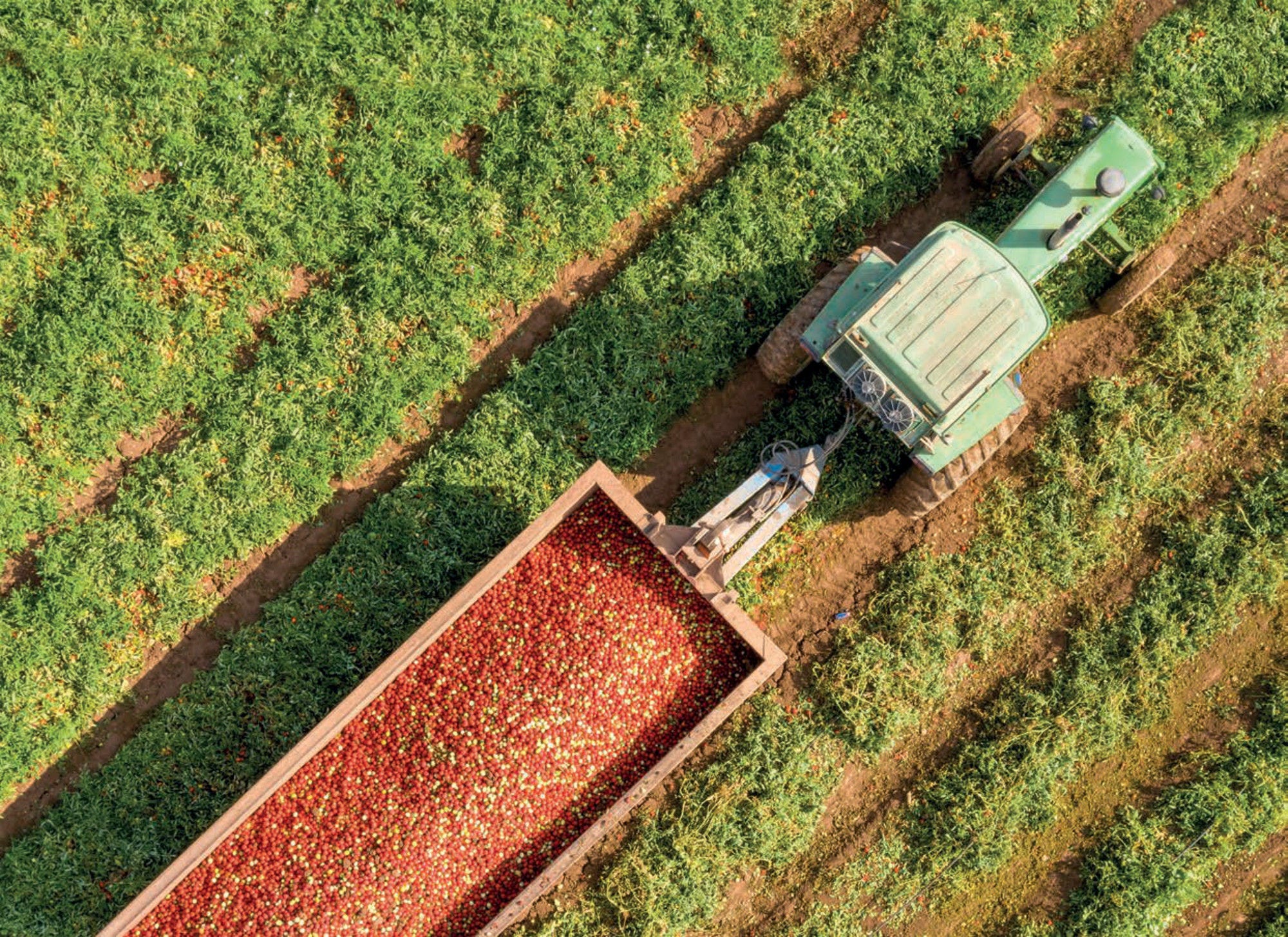The strategic objectives of agricultural and food policies, as set out in White Paper No. 11 (2016–17), “Change and development – A future-oriented agricultural production”, are: food security; agriculture throughout the country; creating more added value; and sustainable agriculture. The agricultural policy aims at sustainable use of natural resources, developing know-how and contributing to the creation of employment and value-added in farming and farm-based products throughout the country.
The principal policy instruments supporting agriculture include border measures, domestic market regulation, based on the Marketing Act, and budgetary payments. The Marketing Act covers certain types of meat (beef, mutton, pork and poultry); milk, butter and cheese; eggs; cereals and oilseeds; potatoes, vegetables, fruit and berries; and fur skins.
Target prices are provided for milk, pork, grains and some fruits and vegetables. The government and farmers’ organisations annually negotiate target prices and the budgetary framework for payments to farmers. Marketing fees collected from producers finance marketing activities dealing with surpluses (until 2020 also including export subsidies for livestock products). Milk production quotas were introduced in 1983 and a system of buying and selling quotas was introduced in 1997.
Various direct payments are provided to farmers, including area and headage payments as well as payments based on product quantities (meat). Many of these are differentiated by region and farm size in order to equalise incomes across all types of farms and regions. Environmental levies are applied on agricultural pesticides.
The National Agri-Environmental Programme (NAP) structures agri-environmental measures and provides a central framework and national goals. It contains the main agri-environmental measures, such as the Acreage Cultural Landscape Support, payments to extensive grazing, payments for grazing animals and payments for organic agriculture. Agri-environmental measures are organised at national, regional and local levels. Measures included in the NAP are not targeted to specific environmental activity of the farmers as such, but are generally conditioned on the adoption by farmers of good agricultural practices. More targeted support schemes are the Regional Environmental Programmes (REP) and special environmental measures in agriculture, organised on the regional and local level, and targeted at issues not addressed in national schemes. For example, the programmes include payments to reduce water pollution from agricultural fields, environmentally-friendly spreading of manure, mowing small (abandoned) fields with high or special biodiversity in forest and mountain areas, grazing on islands, maintenance around heritage sites in the agricultural landscape, etc.
The 2017 Climate Change Act establishes Norway’s targets to reduce emissions by 2030 and to become a low-emission society by 2050. Norway signed and ratified the Paris Agreement and a bilateral agreement with the European Union, under which it commits to reducing GHG emissions by 2030 by at least 50% and up to 55% of 1990 levels. Carbon dioxide emissions from fossil fuel use in agriculture are subject to a carbon dioxide tax similar to that in place for other sectors. Other GHG emissions from agriculture are not subject to such taxation nor are they included in the European Emission Trading System (ETS). Instead, a combination of regulatory, financial and advisory measures reduce GHG emissions from agriculture.
In October 2019, the European Union, Iceland and Norway formally agreed to extend their climate co-operation for 2021-30 by including the Effort Sharing Regulation and the regulation on greenhouse gas emissions and removals from land use, land use change and forestry (the LULUCF-Regulation), into the European Economic Area (EEA) Agreement. According to the agreement, Norway will fulfil its respective GHG reduction target for 1 January 2021 to 31 December 2030 in accordance with the Emissions Trading System Directive, LULUCF-Regulation and the Effort Sharing Regulation.
In 2016, the government published the national strategy on bio-economy. This was a broad cross-sectoral strategy developed by eight ministries, including the Norwegian Ministry of Agriculture and Food. The strategy has three overarching objectives ‒ increased value creation, reduced GHG emissions, and increased resource use efficiency and sustainability ‒ and four focus areas: i) co-operation across sectors, industries and thematic areas; ii) markets for renewable bio-based products; iii) efficient use and profitable processing of renewable biological resources; and iv) sustainable production and extraction of renewable biological resources.
Most of Norway’s tariff-rate-quotas were eliminated in 2000 when the WTO bound tariff rates became equal to the in-tariff quota rates. Tariffs for some products, particularly livestock products are set between 100% and 400% though there is a system of “open periods” for imports at reduced tariff rates when domestic prices rise above threshold levels. Since 1 January 2015, Norway unilaterally eliminated import duties on 114 agricultural tariff lines. While these duties were low (and not important for protecting Norwegian agricultural production), their elimination resulted in reduced customs procedures and administrative costs. Export subsidies were abolished at the end of 2020.
Article 19 of the EEA agreement concerning trade in basic agricultural products is reviewed periodically. The last round of these reviews was finalised in April 2017 and changes agreed entered into force in October 2018. Under the EEA, tariff rate quotas (TRQ) expanded on several products, including meat, cheese, vegetables and certain products used in the food industry for making processed agricultural goods.







